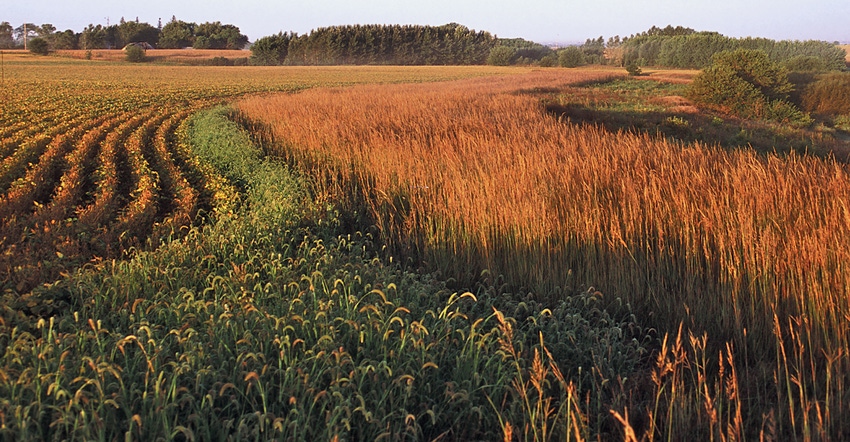October 2, 2019

In recent months, I have poked at regulators, providing some suggestions for them to do better with conservation. I can report that reactions were mixed, ranging from “thanks for the ideas” to “stay out of my business.”
This isn’t surprising to me, as I learned long ago the danger of telling someone how to do his or her business. And in suggesting a new approach to regulators, I expected more pushback, since I am an interloper into their work, not an ally or advocate.
This month, I am back to offering some advice to my farmer friends, optimistic that your recognition that I am your ally and advocate brings a more positive response. I push you to do better because I care, and my experience has led me to believe that you are willing to consider new ideas, and in fact, spend a lot of time looking for ways to get better at what you do. It seems to just be part of being a farmer.
Here are three areas to consider:
Soil erosion
First, let’s get after soil erosion. Reduced tillage intensity and structures like grass waterways and terraces have greatly reduced soil erosion. But erosion still happens.
If you can see it, it really does warrant your attention. I’m not calling for absolute zero as there are some situations that are unavoidable. Keeping soil in place is better for the environment and a good thing for your farm too.
Nitrogen in soil
Second, get to know your soils, especially how much nitrogen is mineralized each year. It is generally estimated that there is about 1,000 pounds per acre of nitrogen in the top 7 to 8 inches of soil for each 1% of organic matter. Of this, about 1% to 3% is expected to be released each year. So, in a field with 5% organic matter, you might expect 50 to 150 pounds of nitrogen to become available to your crop each year. That’s a wide range.
As you continue to dial-in nitrogen rates, the best information comes from your fields. How are your yields? What do the plants look like at maturity? Are you leaving check strips at different nitrogen rates? NUE, or nitrogen use efficiency, is a hot topic right now. And again, zeroing in on the right range helps both the environment and your bottom line.
Phosphorus loss
Third, pay attention to phosphorus levels. Phosphorus exiting most fields is lower than would be occurring if those areas were in grasses. Data collected in the Discovery Farms program shows average phosphorus losses in surface runoff of 0.9 pound per acre with a range from unmeasurable to 3.1. There is some phosphorus in tile water too, though at much lower levels. Here again, Discovery Farms data shows an average of 0.1 pounds pound per acre with a range from unmeasurable to 0.8.
Phosphorus loss via surface runoff is often associated with elevated soil loss, so reducing erosion will address both concerns. For tile, soil testing and managing soils to avoid exceeding about 60 ppm is important. Again, an environmental concern for some that also has economic implications for you. Save some money by only putting phosphorus, either as commercial fertilizer or manure, where it will provide a yield benefit.
I hope you noticed the theme here — doing right by the environment doesn’t mean sacrificing either productivity or profitability. In fact, they go hand in hand.
If you have questions, talk to your agronomist. And if you see things differently, I would like to hear from you. Contact me at [email protected] or 952-237-9822.
Formo is executive director of the Minnesota Agricultural Water Resource Center.
About the Author(s)
You May Also Like






